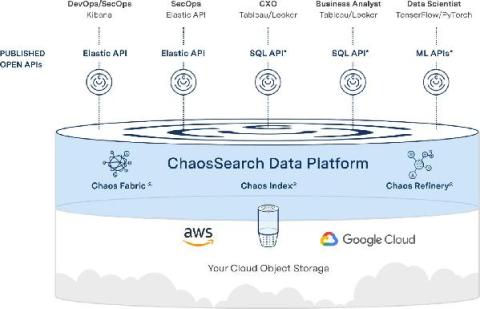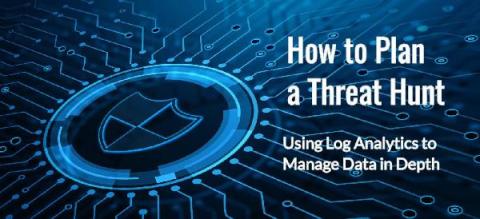Why Log Analytics is Key to Unlocking the Value of XDR for Enterprises
Cyber threats are becoming more sophisticated, and enterprise security teams are under constant pressure to improve and enhance their threat detection and response capabilities. But as security teams expand their security logging tools and capabilities, the burden of monitoring those tools and investigating alerts grows exponentially.











